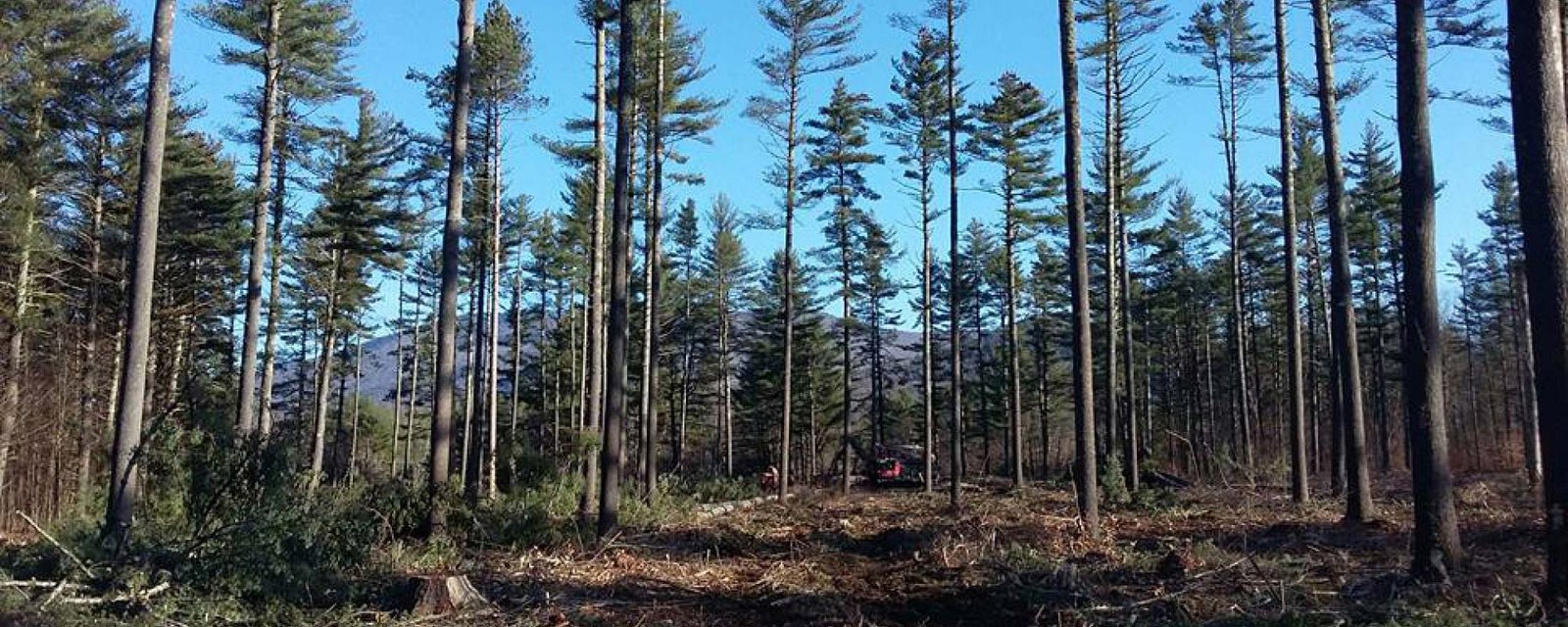By: Samuel Shay, GTS
Climate change is one of the most pressing issues facing the world today. Its impacts are being felt across the globe, but countries in Africa are among the most vulnerable. Africa’s capacity to mitigate and adapt to climate change is limited due to lack of financial resources, technology, and capacity. This is where carbon dioxide removal (CDR) projects can play a vital role.
CDR refers to processes that remove CO2 from the atmosphere and store it in geological, terrestrial, or ocean reservoirs. One approach is to enhance natural carbon sinks like forests. Economic forestry involves managing forests not just for timber production but also for conservation, carbon sequestration, and providing livelihoods for local communities.
Implementing afforestation and reforestation projects as part of CDR efforts should be a priority in Africa over the next 5 years. Planting trees restores degraded land, provides jobs, and creates long-term carbon sinks. The African Forest Landscape Restoration Initiative aims to restore 100 million hectares of deforested and degraded land across Africa by 2030. This would sequester massive amounts of carbon.
CDR aligns well with the goals of the Global Tree Solution (GTS) plan launched at COP26. GTS aims to conserve, restore and grow trees to deliver one third of the cost-effective climate change mitigation required by 2050. Partnerships between African nations and developed countries will be key to providing financing and technical expertise to scale up forestry projects. Initiatives like the LEAF Coalition wherein corporations pay tropical forest countries to reduce emissions exemplify such partnerships.
In addition to climate mitigation benefits, enhancing Africa’s tree cover will have numerous co-benefits like improved food and water security, biodiversity conservation, and soil health. Integrating CDR into broader sustainable development strategies is crucial. Governments must strengthen community participation and land tenure rights to ensure local communities have an equitable stake.
The potential for African forests to serve as nature-based carbon sinks is enormous. But realizing this potential will require committed investments and policy reforms over the next 5 years and beyond. Implementing well-designed forestry and CDR projects can help African countries build climate resilience while achieving key development goals.


